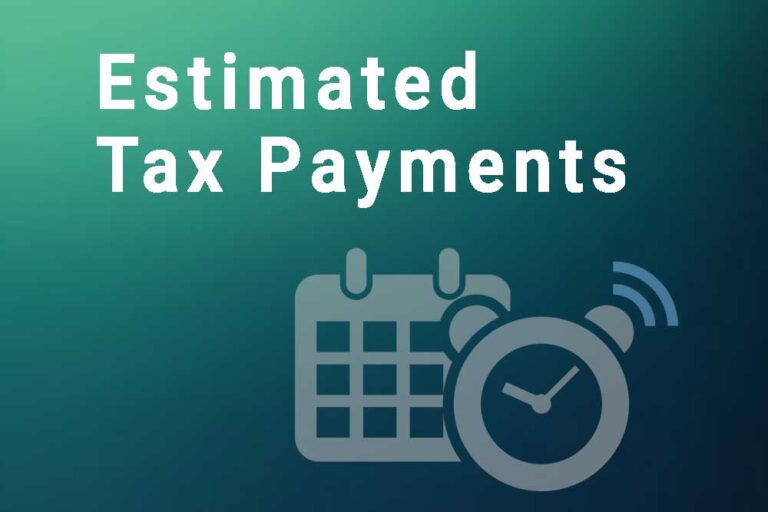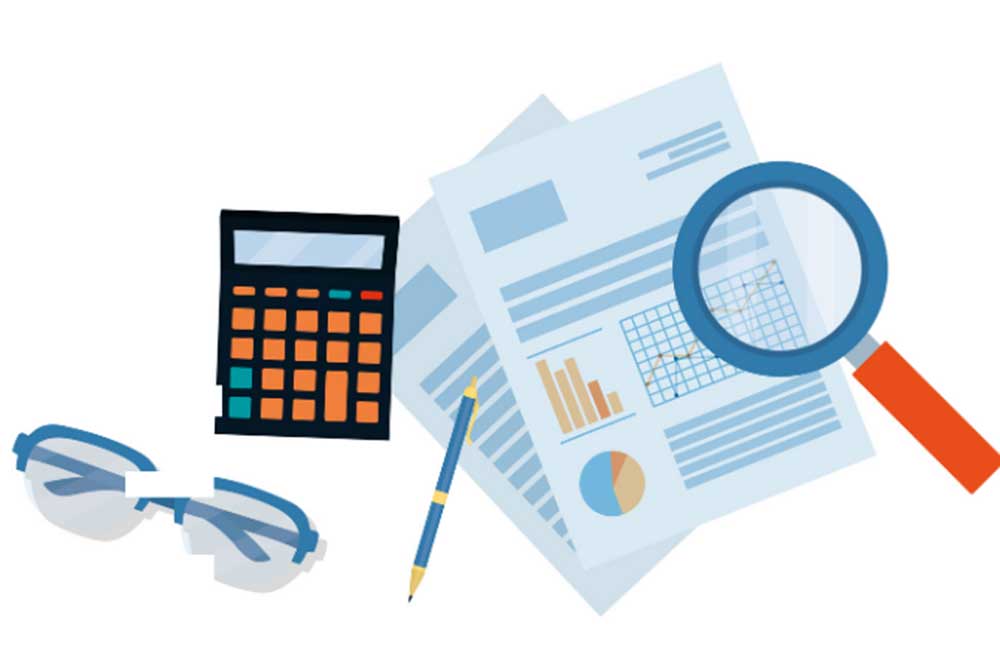Estimated tax payments are a crucial aspect of managing your finances as a self-employed individual or business owner. Failing to calculate and pay your estimated taxes correctly can lead to penalties and potential audits. In this comprehensive guide, we will walk you through the process of calculating and filing your quarterly estimated taxes to ensure compliance with the IRS regulations. Whether you are a freelancer, entrepreneur, or small business owner, understanding the ins and outs of estimated tax payments is essential for maintaining financial stability and avoiding unnecessary complications.
Understanding Estimated Taxes
Estimated taxes are payments made to the IRS on a quarterly basis by individuals who receive income that is not subject to withholding taxes. Unlike employees who have taxes withheld from their paychecks, self-employed individuals and business owners are responsible for calculating and paying their taxes directly to the IRS. This includes income from sources such as interest, stock dividends, capital gains, and self-employment earnings.
Why are Estimated Taxes Important?
Timely payment of estimated taxes is critical for self-employed individuals and business owners. By making regular quarterly payments, you ensure that you are meeting your tax obligations as you earn income throughout the year. This helps you avoid underpayment penalties and interest charges that may accrue if you wait until the end of the year to settle your tax liability.
How to Calculate Estimated Taxes
Calculating estimated taxes can seem daunting at first, but with a systematic approach, you can navigate the process smoothly. Here are the steps to follow:
Step 1: Estimate Your Total Taxable Income
The first step in calculating your estimated taxes is to estimate your total taxable income for the year. This can be done by projecting your income based on your earnings from the previous year or by estimating your income for the current year. If your income is unpredictable, such as in the case of freelancers, it may be more practical to calculate your income on a quarterly basis.
When estimating your income, take into account any deductions or credits you may be eligible for. This will help you arrive at your adjusted gross income (AGI), which is used as the basis for calculating your taxes.
Step 2: Calculate Your Income Tax and Self-Employment Tax
Once you have determined your taxable income, you can calculate your income tax and self-employment tax. To calculate your income tax, multiply your AGI by the tax rate corresponding to your income tax bracket. Be sure to refer to the IRS tax brackets for the current year to ensure accuracy.
In addition to income tax, self-employed individuals must also pay self-employment tax, which covers Social Security and Medicare taxes. To calculate your self-employment tax, multiply your estimated total income by 92.35% to arrive at your taxable income for self-employment tax purposes. Then, multiply this amount by the self-employment tax rate, which is currently 15.3%.
Step 3: Determine Your Total Estimated Taxes and Quarterly Payments
Once you have calculated your income tax and self-employment tax, add these amounts together to determine your total estimated taxes. To arrive at your quarterly tax payment, divide your total estimated taxes by four.
It is important to note that if you live in a state that levies a personal income tax, you will also need to calculate your state tax burden when estimating your quarterly tax payments.
Safe Harbor Rule for Estimated Tax Payments
To help individuals avoid penalties for underpayment, the IRS has implemented a safe harbor provision. Under this provision, if you have paid at least 90% of your total tax liability for the current year or 100% of your tax liability from the previous year (whichever is less), you will not be subject to penalties for underpayment. This provides a cushion for individuals who may find it challenging to accurately estimate their quarterly tax payments.
Due Dates for Quarterly Estimated Tax Payments
Quarterly estimated tax payments are due four times a year, with specific deadlines for each quarter. Here are the due dates for 2023:
- Q1: January 1 – March 31, 2023 – Due on April 18, 2023
- Q2: April 1 – May 31, 2023 – Due on June 15, 2023
- Q3: June 1 – August 31, 2023 – Due on September 15, 2023
- Q4: September 1 – December 31, 2023 – Due on January 16, 2024
It is important to note that if you file your tax return for the year by January 31, 2024, and pay the entire balance due with your return, you are not required to make the quarterly payment due on January 16, 2024.
How to Pay Estimated Taxes
There are several methods available for paying your estimated taxes:
- Pay by Check: You can file your estimated tax payment using IRS Form 1040-ES and include a check for the amount due. Be sure to include the payment voucher that corresponds to the quarter for which you are making the payment.
- Pay Online: The IRS provides an online payment portal where you can pay your estimated taxes electronically. This method allows you to pay directly from your bank account without incurring any fees. You can also choose to pay with a credit or debit card, but be aware that there may be processing fees associated with these payment methods.
- Electronic Funds Withdrawal: If you e-file your tax return, you have the option to have your estimated tax payments automatically withdrawn from your bank account on specified dates.
Exceptions to Estimated Tax Payments
While most self-employed individuals and business owners are required to make estimated tax payments, there are some exceptions:
- Farmers and Fishermen: Farmers and fishermen who follow the calendar year for tax purposes and derive at least two-thirds of their income from farming or fishing have different payment due dates. They are only required to make one estimated tax payment due on January 16 of the following year.
Income Tax Withholding: If you have sufficient income tax withheld from your primary source of income, such as wages from a job, you may not be required to make estimated tax payments. As long as your withholding and estimated tax payments total at least 90% of your tax liability for the current year, you will not be subject to penalties for underpayment.
Understanding and correctly calculating your quarterly estimated taxes is crucial for self-employed individuals and business owners. By estimating your income, calculating your taxes, and making timely payments, you can ensure compliance with IRS regulations and avoid penalties. Consult with a tax professional or accountant to get personalized guidance and ensure accuracy in your estimated tax calculations. Remember to mark the due dates on your calendar and keep track of your payments to maintain financial stability and peace of mind throughout the year.
For assistance with your estimated tax payments call our office today and we will be happy to assist you.





